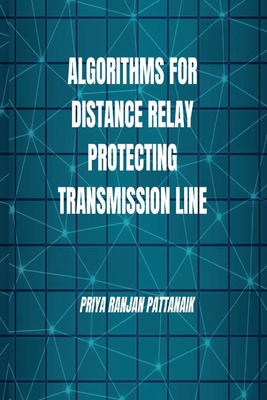
Algorithms for Distance Relay Protecting Transmission Line
Description
A distance relay, also known as a line distance protection, is a type of protection relay that is used to protect a transmission line from faults, such as short circuits. The relay works by measuring the electrical impedance of the transmission line, which is the ratio of voltage to current at a specific point on the line. When a fault occurs on the transmission line, the relay detects a change in the impedance and sends a signal to trip the breaker, disconnecting the faulty section of the line and preventing damage to the transmission equipment. The relay can also detect breaker failures and help to prevent cascading failures on the electrical grid. The distance relay is an important component of the overall protection system for transmission lines and plays a critical role in maintaining the reliability and stability of the power grid.
The objective of power system protection is to isolate a faulty portion of the network and allow load flow through rest of healthy network. Protective relays are sensing devices with function of identifying faulty lines and other system equipments subjected to abnormal condition. There has been a major shift in relay field from electromechanical to numerical relay. Conventional relays based on electromagnetic principle are becoming outdated due to recent advancement in modern power system operations. Static relays have also loss their significance in the present time due to obsolescence and cannot be made adaptable with dynamic system conditions. Numerical relaying scheme have gained importance in recent years. These are due to the fact that faults and other disturbance distort the current/voltage signal and therefore a phasor estimation technique is required as most of the relays are designed for 50/60 Hz nominal frequency signals. Previously numerical relays are set in accordance with an offline study of power network. The setting based on offline study is found to be ineffective under varying system conditions and an adaptive setting relay is emerged in which the setting is changed online in accordance with the prevailing system conditions.
The relay output must be insensitive to noises and other uncertainties present in the signal for satisfactory operations. Digital filtering or robust relay algorithm is required before processing the signal. The transmission line and equipments connected to it are operating close to their limits and a marginal increase in current magnitude may initiate cascade false tripping of circuit breakers.
